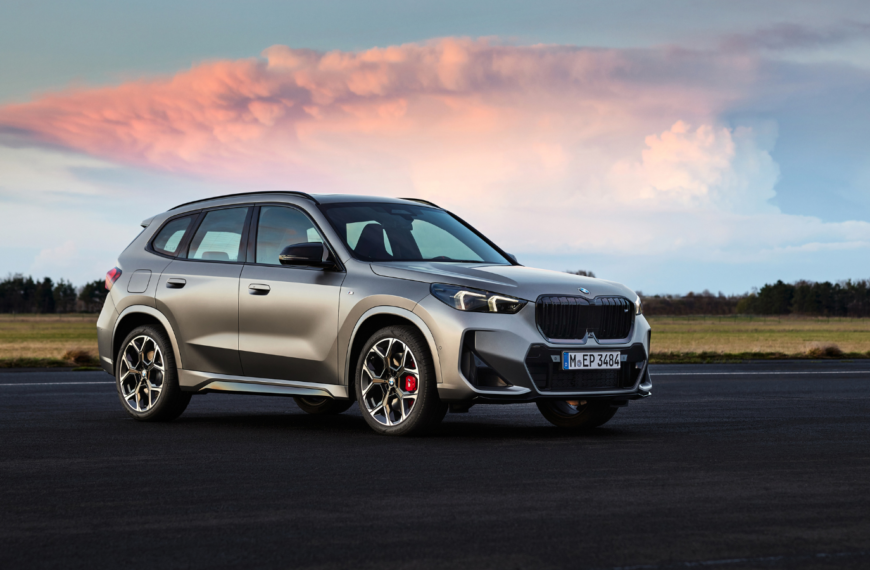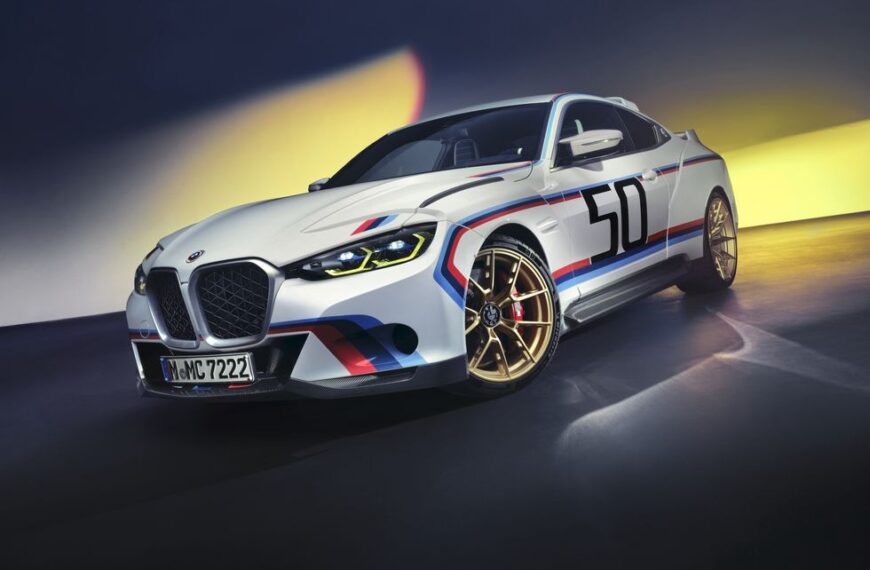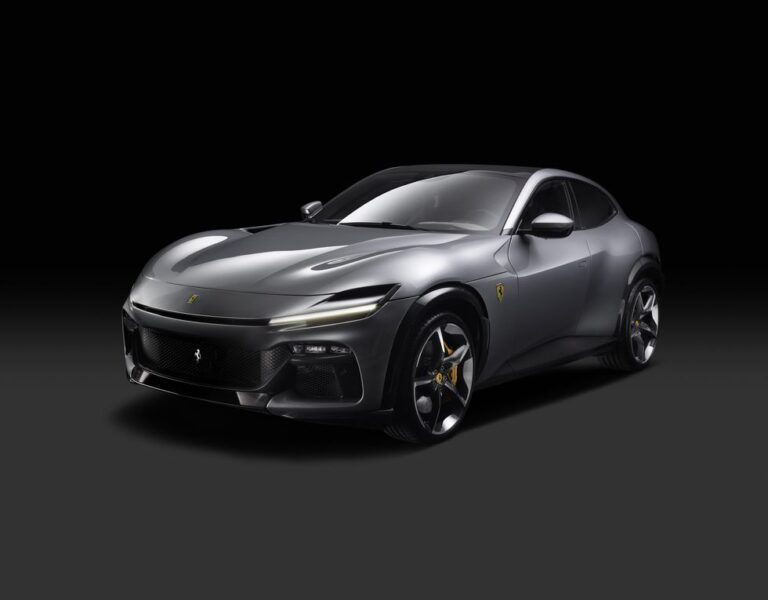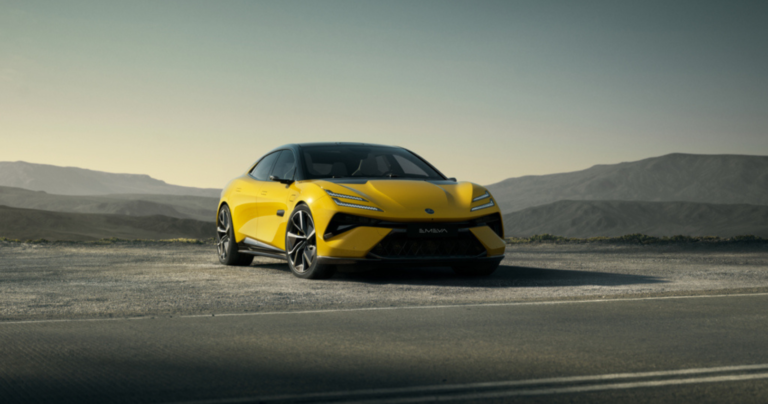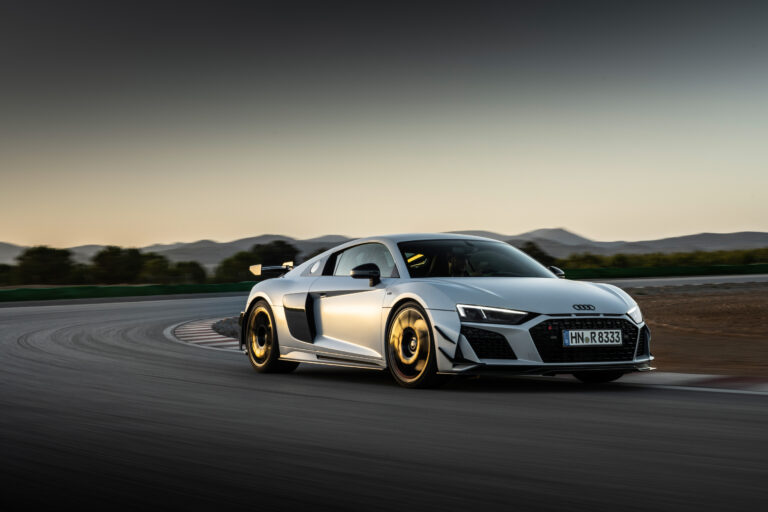The new generation of BMW M5 has finally been unveiled and it sports a new look, in more ways than one.
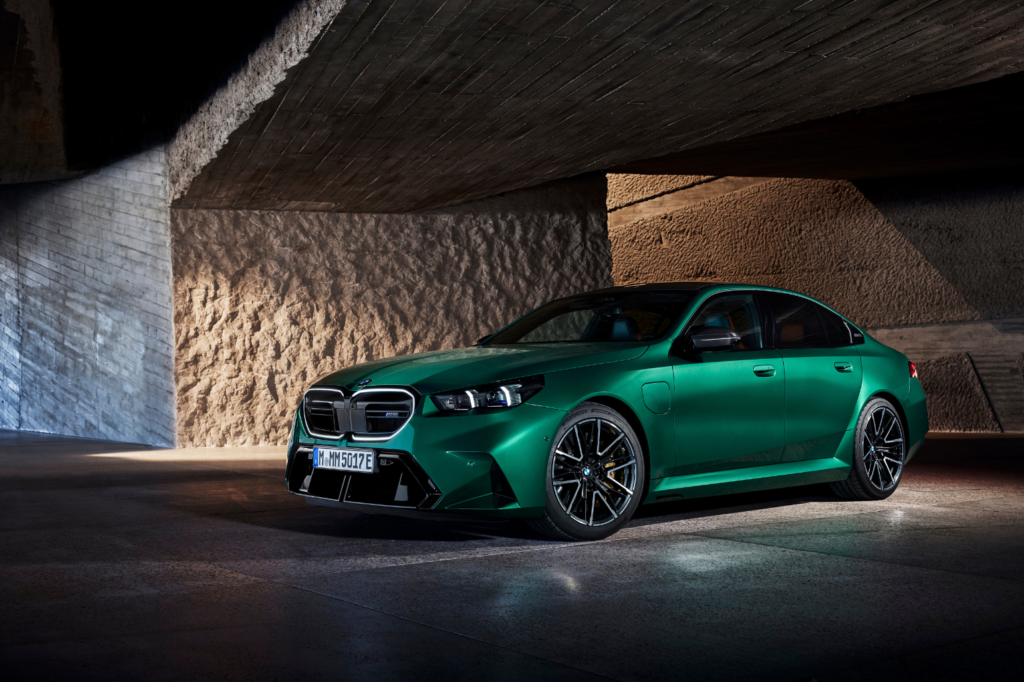
BMW has taken a lot of flack over the years. A wise man once said, if you don’t have any haters, you’re doing something wrong. From the ginormous kidney grills that look like they’ve just come off a whale shark to the flop that was the BMW XM, the German manufacturer has suffered blow after blow when it comes to public perception. But real ones know that BMW still aims to keep the same persona—understated but thrilling. The 2025 M5 is no different.
For years, the M5 was regarded as something bigger than itself. Loud in a suit, if you will. With an executive visage and rumbling bones—the high-performance version of BMW’s mid-size sedan was a force to be reckoned with. Now, it comes in a modern format. While other manufacturers like Mercedes-Benz have begun to shrink their engines and make up for it with a hybrid engine, BMW has taken governmental regulations and told them to shove it. A stalwart of BMW’s high-performance cars, the boisterous motor will stay. Powered by a twin-turbocharged 4.4 liter V8, alongside a 194-horsepower electric motor, the M5 will now produce over 717 horsepower and 738 pound-feet of torque. That’s serious muscle for a businessman’s car.
And just like in old cartoons and vintage depictions of a mogul, the M5 sure has gotten hefty. Tipping the scales at 5,390 pounds, the M5 has grown quite a bit since the last time we saw it. If you thought electric cars were heavy, the M5 is 165 pounds heavier than its battery-powered counterpart, the I5. The new M5 gorges in at over half a ton chunkier relative to last generation’s M5, a trigger point that might be a hard sell in the high-performance space.
On the bright side, the car has plenty of beef to back it up. Like a seasoned-fighter bulking up to shift up to the heavyweight ring, the M5 has also grown its arsenal of track-attacking weaponry. The V8, a staple of the car since the F10 era, gains 111 horsepower from its outgoing, 627-horsepower version. A 14.8-kWh lithium-ion battery housed under the floor provides power for the 194-hp electric motor stored in the eight-speed automatic transmission. With the arrival of the hybrid powertrain in the M5, BMW claims the car will be able to access all of its torque instantaneously, rocketing itself to 60 mph from a dead stop in 3.4 seconds, which feels slow given that the now-obsolete model had the same time.
BMW says the top speed of the M5 will be 155 mph, like most German cars, but can be increased to 190 mph with the addition of the Drivers’ Package.

The new M5 gets a complete refreshment on what it means to be an M5. BMW’s ethos for the car has always been less gaudy and more purposeful. Stick a massive turbocharged V8 in a three-piece suit and this is what it comes out to be. This generation’s M5 looks to be no different. Defined by strong, sculpted lines, the M5 feels more in line with the rest of BMW’s design manifesto than previous models.
The kidney grille gets a boxier, sharper look with the mellowed-out turns on its body traded out for brash elements. Take one look at the XM, the iX, or the X3 M50 and you’ll immediately see where the M5 gets it from. The mantra of being bulky ran its course in the brand’s more consumer-oriented vehicles before it could make its way to the M5. All that extra weight had to come from somewhere and it’s clear it went to the right places—or wrong depending on your opinion. The wheelbase of the M5 is stretched by 0.9 inches, while dimensionally it’s gotten 2.7 inches wider, 2.1 inches taller, and 1.2 inches longer. All this makes for questions in the handling department but also the performance department.
Cars are getting bigger, there’s no doubt about it. But for eons under the aegis of the M Department, BMW has made sure that consumer trends and governmental oversight has never confined the quality of its output. We won’t know for sure until we drive it, but getting heftier might be a step in the wrong direction. While it would make sense for a car to get a little bulkier with each generation, a jump of over 1,000 pounds seems extreme and unnecessary.
While the notion of jam-packing electronics into a vehicle in the 21st century makes sense, it feels unlike the BMW gameplan we’ve seen in the past couple of years. BMW is a luxury car brand, so the luxury element of it mustn’t be forgotten. But surely there must a way to get everything done without it feeling like we’ve stuffed the Michelin Man in the back seat.
Underneath, the new M5 has plenty of additions to help shape its skin for its newfound bulk. To solidify the chassis, BMW gave the car a stiffer body, reinforced suspension mounts and new cross-braces underneath the hood. M has always gone above and beyond with a new generation launch, and this rendition is no different. A new M suspension plays steel springs and adaptive dampers with electronic valves to generate greater dampening forces for each wheel. Throw in the fact that the M5 will now come with four-wheel steering and you’re suddenly looking at what could end up being the frontrunner of sports sedans come competition time.
The new M5 will not be cheap however, facing rising vehicle prices—it will start at $120,675, nearly ten grand more than the outgoing generation.


